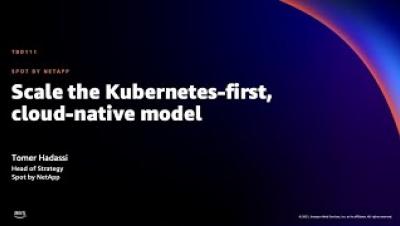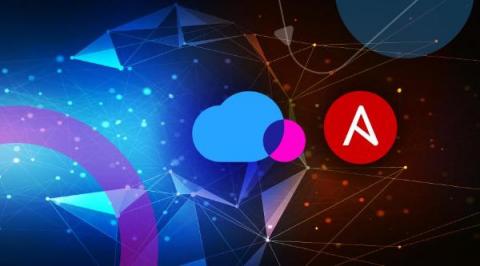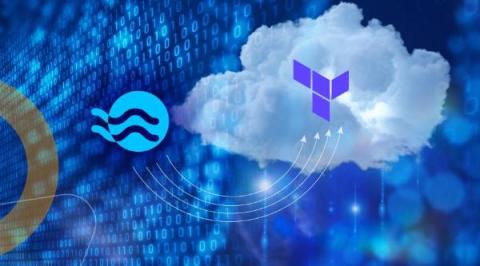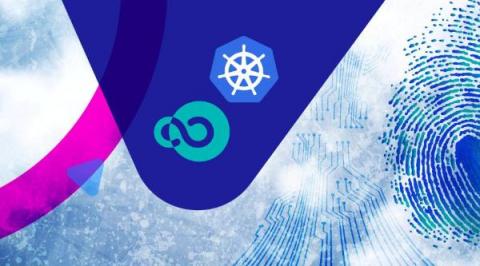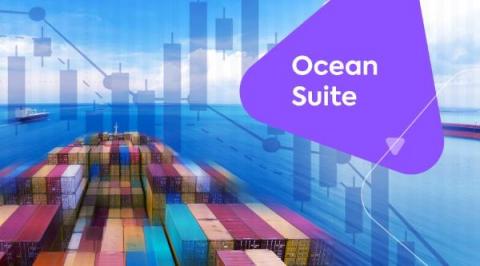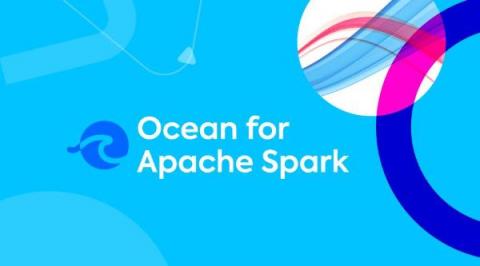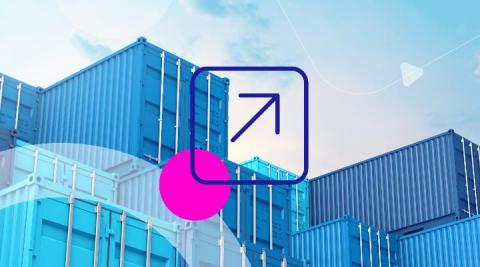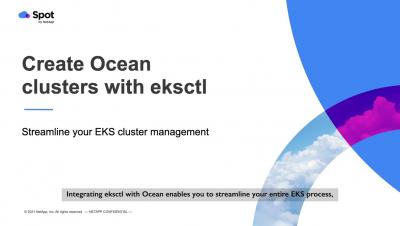Operations | Monitoring | ITSM | DevOps | Cloud
Spot
Enhanced security for the Spot-Jenkins plugin
Spot publishes module collection in Ansible Galaxy
Ansible is an open-source IT automation engine that automates provisioning, configuration management, application deployment, orchestration, and many other IT processes. It is one of the most widely-used provisioning tools in the industry to enable infrastructure as code (IAC), made popular by its ease of use and simple, but powerful automation. With easy integration, you can use Ansible and Spot to fully automate and optimize your cloud infrastructure.
Import Spot resources into Terraform
More and more, DevOps and platform teams are using infrastructure as code to design and implement infrastructure in the cloud. Hashicorp’s Terraform is one of the most popular infrastructure as code tools. It enables you to define your desired state of infrastructure using code, and deploy those changes to your cloud. Spot by NetApp has extensive support for Terraform in Elastigroup and Ocean, our products for cloud infrastructure management.
Maximum availability without risk: Spot market scoring explained
Using spot instances for mission-critical workloads always carried the risk of interruptions, making their use, while financially attractive, less than ideal from a reliability perspective. Spot by NetApp has made it possible for cloud consumers to use spot instances for dramatic cost savings while ensuring high availability for all kinds of workloads. Core to our cloud infrastructure offerings is Spot Availability Scores, which are leveraged to provide maximum availability while mitigating risks.
Improving continuous verification: deploy fast and safely to production
Kubernetes and microservices have opened the door to smaller and more frequent releases, while DevOps CI/CD practices and tools have sped up software development and deployment processes. The dynamic nature of these cloud native architectures makes modern applications not just complex, but also difficult to monitor, find and fix problems.
Control the complexities of containers with the Ocean Suite for Kubernetes
In the relatively short window of time that Kubernetes has been around, it’s rapidly matured as a critical technology foundation for the cloud, and now even applications that were previously thought to be unviable for containers are running with Kubernetes. As companies expand their usage of it, the need to operationalize Kubernetes with automation and optimization is critical to maintaining speed, agility and control in the long-term.
Ocean for Apache Spark - Serverless Spark now available in preview on AWS
The cloud native revolution brought by Kubernetes has transformed the way we build and deliver software, but the world of big data has for too long been left on the side of this transformation. Thanks to many contributions from the open source community, Apache Spark integration on top of Kubernetes is now officially generally available with the recent releases this year.
Ocean Headroom Explained - Launch pods without delay!
The dynamic nature of cloud native applications is both a blessing and a curse. The ability to use compute, storage, and network resources without managing physical hardware is a real blessing. Your applications can take advantage of the seemingly limitless resources available in the public cloud. Unfortunately, the curse becomes clear when the bill arrives! It is a significant CloudOps challenge to find the balance between providing optimal application performance and minimizing cost.


